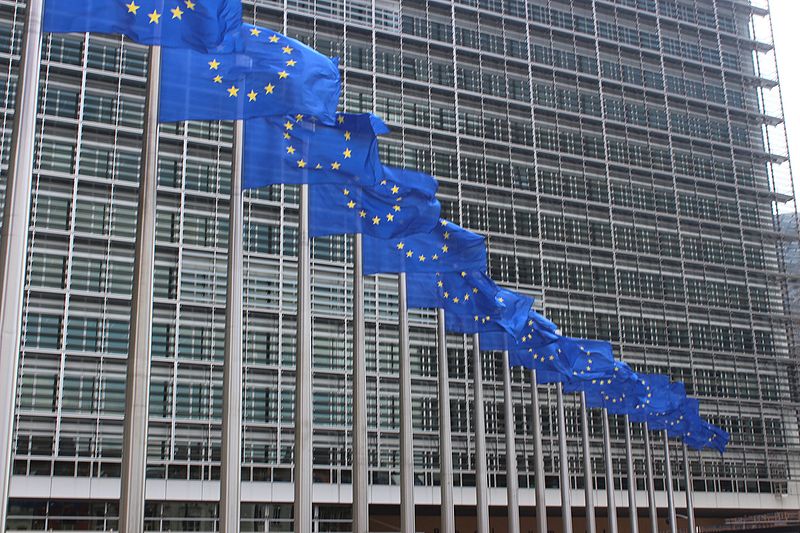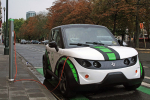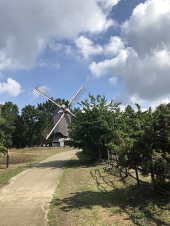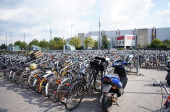
The European Commission has approved, under EU State aid rules, an Austrian aid scheme to support electricity production from renewable sources. The measure will
help Austria reach its target of 100% renewable energy in 2030, in line with its Recovery and Resilience Plan as endorsed by the Commission and approved by Council, and will contribute to the European objective of achieving climate neutrality by 2050, without unduly distorting competition in the Single market.
Executive Vice-President Margrethe Vestager, in charge of competition policy, said: “This scheme will enable Austria to support renewable technologies, as it has set its goal to achieve 100% CO2 free electricity generation in 2030. The measure will contribute to the reduction of CO2 and other greenhouse gas emissions, in line with the EU Green Deal objectives and the environmental targets set in Austria's Recovery and Resilience Plan, without unduly distorting competition in the Single Market.”
The Austrian scheme
Austria notified the Commission of its intention to introduce a scheme to support electricity produced from renewable energy sources (namely wind, solar, hydro, biomass and biogas).
Under the scheme, the aid will take the form of a top-up premium, calculated as the difference between the average production cost for each renewable technology and the electricity market price. In particular for electricity produced from wind, solar energy and biomass, the aid will be granted through technology specific competitive bidding processes, which should contribute to keep the support proportionate and cost-effective. Austria has also foreseen mixed-technology tenders including wind and hydro in their framework.
Austria also committed to open the renewables support scheme to energy producers established outside Austria, subject to the conclusion of bilateral or multilateral cooperation agreements with other countries.
The measure will apply until the end of 2030. The aid will be paid out to the selected beneficiaries for a period of maximum 20 years from the starting of the operation of the plant. Payments under the scheme have been estimated to amount to around €4.4 billion until end 2032.
Austria has set itself the target to increase the share of electricity produced from renewable energy sources from the current 75 % to 100% in 2030. The measure is one of the targets to be achieved by Austria in the context of its Recovery and Resilience Plan.
The Commission's assessment
The Commission assessed the scheme under EU State aid rules, in particular the 2014 Guidelines on State aid for environmental protection and energy.
The Commission found that the aid is necessary to further develop energy generation from renewable sources and help Austria achieve its environmental targets. It also has an incentive effect, as current electricity prices do not fully cover the costs of generating electricity from renewable energy sources. Hence, the investments by the selected beneficiaries would not take place in the absence of the aid.
Furthermore, the aid is proportionate and limited to the minimum necessary. The level of aid will be determined by competitive tenders for electricity produced from wind, solar energy and biomass. Furthermore, Austria envisages maximum price caps based on the cost of production. The aid will be granted in the form of a top-up premium, which cannot exceed the difference between the market price of electricity and the production costs. In this context, Austria will carry out a yearly review of the costs of producing electricity from the supported renewable energy versus the market prices.
Moreover, Austria has committed to ensure sufficient flexibility to adapt the support scheme to market developments, with a view to maintaining a cost efficient support. In particular, in view of the novelty of the system for the country, Austria put in place a mechanism of review, notably with an interim evaluation by 2025. It has also envisaged a possible adaptation of the system in order to ensure that tenders remain competitive.
Finally, the Commission found that the positive effects of the measure, in particular the positive environmental effects, outweigh any possible negative effects in terms of possible distortions to competition.
On this basis, the Commission concluded that the Austrian scheme is in line with EU State aid rules, as it will facilitate the development of renewable electricity production from various technologies in Austria and reduce greenhouse gas and CO2 emissions, in line with the European Green Deal, without unduly distorting competition in the Single Market.
Background
The Commission's 2014 Guidelines on State Aid for Environmental Protection and Energy allow Member States to support the production of electricity from renewable energy sources, subject to certain conditions. These rules aim to help Member States meet the EU's ambitious energy and climate targets at the least possible cost for taxpayers and without undue distortions of competition in the Single Market.
The Renewable Energy Directive of 2018 established an EU-wide binding renewable energy target of 32% by 2030. With the European Green Deal Communication in 2019, the Commission reinforced its climate ambitions, setting an objective of no net emissions of greenhouse gases in 2050. The recently adopted European Climate Law, which enshrines the 2050 climate neutrality objective and introduces the intermediate target of reducing net greenhouse gas emissions by at least 55% by 2030, set the ground for the ‘fit for 55'legislative proposals adopted by the Commission on 14 July 2021. Among these proposals, the Commission has presented an amendment to the Renewable Energy Directive, which sets an increased target to produce 40% of EU energy from renewable sources by 2030.
The non-confidential version of the decisions will be made available under the case number SA.58731 in the State aid register on the Commission's Competition website once any confidentiality issues have been resolved. New publications of State aid decisions on the internet and in the Official Journal are listed in the Competition Weekly e-News. Photo by Corentin Béchade, Wikimedia commons.



































